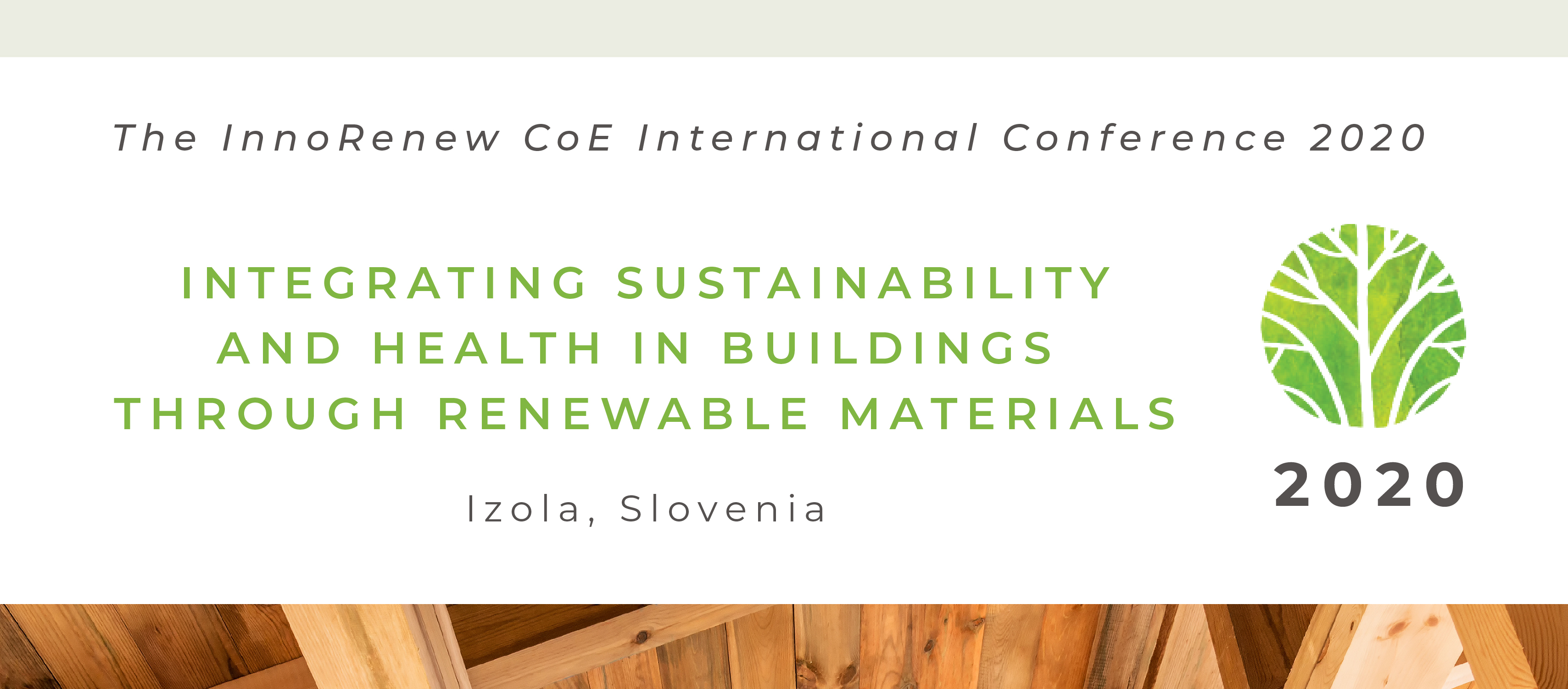Speaker
Description
Collecting sensor data in buildings raises several challenges, such as handling sensor hardware and platform heterogeneity, the distributed nature of sensors, network vulnerability to disconnections, and optimization of resource usage (network, processing power, etc.).
Typical solutions rely on container management tools like Docker (Anderson, 2015) to abstract the heterogeneity of IoT devices and run applications on the edge, harvesting the processing power that recent sensors and middleware devices offer. In such a distributed setup, optimization of device usage becomes a major concern. Existing solutions use orchestration tools like Kubernetes (Hightower, 2017) to allocate applications to the most relevant device on the network. However, these orchestrated solutions remain centralized, which means that they create a single point of failure (SPOF), thus reducing the reliability and security of the whole architecture.
In our work, we designed a fully decentralized architecture that features choreography (Peltz, 2003), rather than orchestration, capabilities while remaining free from SPOF. To do so, we jointly exploit the advantages of consensus algorithms, distributed ledgers, and the Docker API to implement a choreographed solution. Our experiments have demonstrated the effectiveness of optimizing computing resources on the edge. Using a distributed ledger presents the advantage to make the choreography verifiable, which means that anyone can go back in time and observe that the behaviour of the solution was optimal.
We validated and evaluated our solution with a proof-of-concept implementation in a national cultural heritage building. Our prototype provides optimal application migration at run-time and tolerates device disconnection. These advances open research opportunities to improve fault tolerance in a distributed system.
Keywords: edge computing, distributed ledger, consensus algorithms, sensor networks
Acknowledgements: The authors gratefully acknowledge the European Commission for funding the InnoRenew CoE project (Grant Agreement #739574) under the Horizon2020 Widespread-Teaming program and the Republic of Slovenia (Investment funding of the Republic of Slovenia and the European Union of the European Regional Development Fund).
REFERENCES
Anderson, C.: Docker [software engineering]. IEEE Software 32 (3), 102–c3 (2015)
Hightower, K., Burns, B., Beda, J.: Kubernetes: Up and Running: Dive Into the Future of Infra-structure. O’Reilly Media, Inc. (2017)
Peltz, C.: Web services orchestration and choreography. Computer 36 (10), 46–52 (Oct 2003)
| Consider my submission for a full-paper in the IPBE special edition for the conference? | Yes, please. |
|---|

